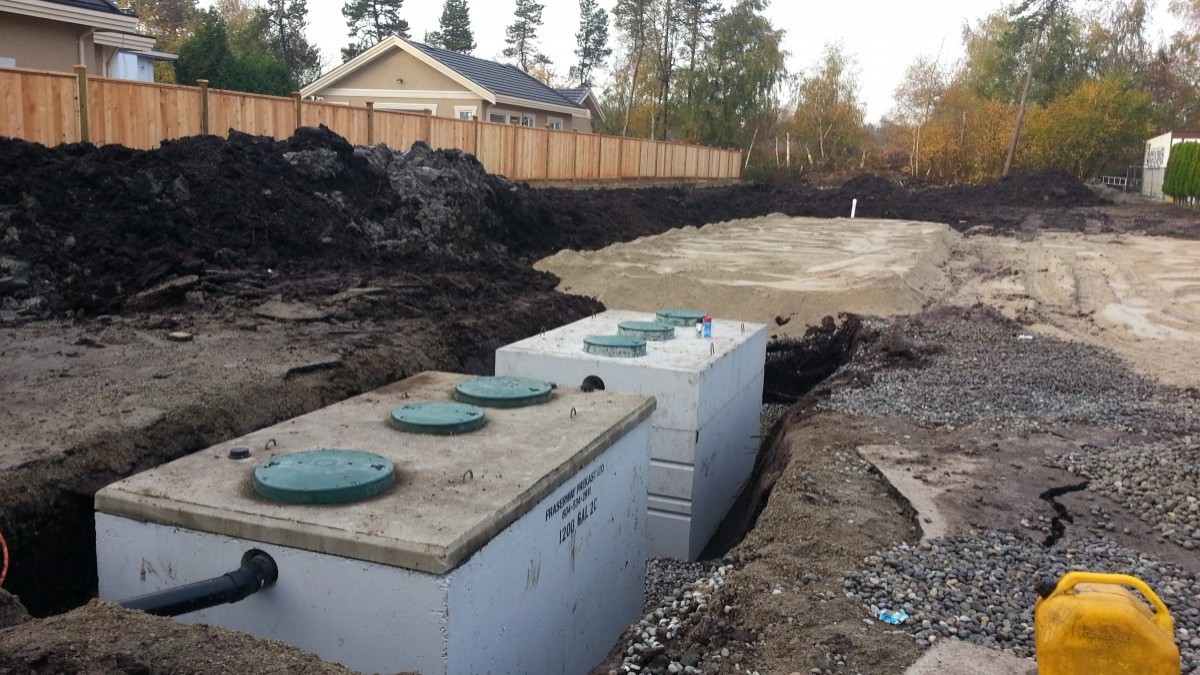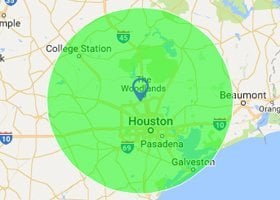Difference Between Residential and
Commercial Septic Systems
Even those who have septic tanks installed on their properties may not know how they function or wait regulations are relevant. While residential tanks are normally considered 'residential' there are some situations in which other regulations apply. And while these regulations differ you may be surprised by how similar the systems are in design and scale. In this article we dig in to the issues.
Commercial V. Residential Regulations
One of the main differences between commercial and residential septic tanks systems is the way in which different states in the US regulate the industry. In some states there is a clear separation between commercial and residential regulations.
If a property exceeds a certain size, such as its number of rooms, or its usage, the regulations for the septic tank system may change. Furthermore, in some places the volume of waste handled by the septic tank will influence its regulatory handling.

This attitude towards septic tank regulation can result in residential properties being regulated as commercial ones. This might include an apartment building with many residents. Although residential the quality of waste would qualify as a commercial premise.
Commercial V. Residential Basic Design
Regardless of whether the septic treatment system is residential or commercial it has the same basic design. Both systems drain the wastewater from the premises into a septic tank located underground on the nearby land. The wastewater is broken down in tanks and distributed through underground pipes to a drainage field.
The setup for commercial septic systems is exactly the same as residential ones, however, there are some changes depending on the quantity of waste being processed. Scaled up commercial premises may require far larger septic tanks; they might also require the pre-treatment of effluent matter to help it degrade.
Commercial V. Residential Larger Design
Sometimes a property will require a larger system to cope with demand. This can be true of residential properties but are more typical of commercial ones. The easiest way to extend the capacity of a property is to increase the size of the drain field initially. This allows a larger volume of wast water to be processed.
In some cases the drain field cannot be extended horizontally despite the increase in capacity of the property. Thankfully there is a solution. In these cases the drainfield is extended vertically. A larger septic tank can be installed above ground and the wastewater can be processed in a limitless downward trajectory.
Commercial V. Residential Basic Maintenance
The maintenance of septic tanks is often overlooked as people tend to be unfamiliar with the procedures. If a septic tank is not maintained to a proper standard – every four years by a  Septic Company in Willis TX – it can lead to dangerous levels of contamination for humans and the environment.
Septic Company in Willis TX – it can lead to dangerous levels of contamination for humans and the environment.
Since commercial properties are much larger and more intensive, routine maintenance of the septic tanks needs to be more regular. In some premises the septic tank will need to be pumped quite regularly and the drain field inspected for contamination. Despite the high levels of maintenance involved the septic tank system is an excellent and environmentally sustainable option for the future.




